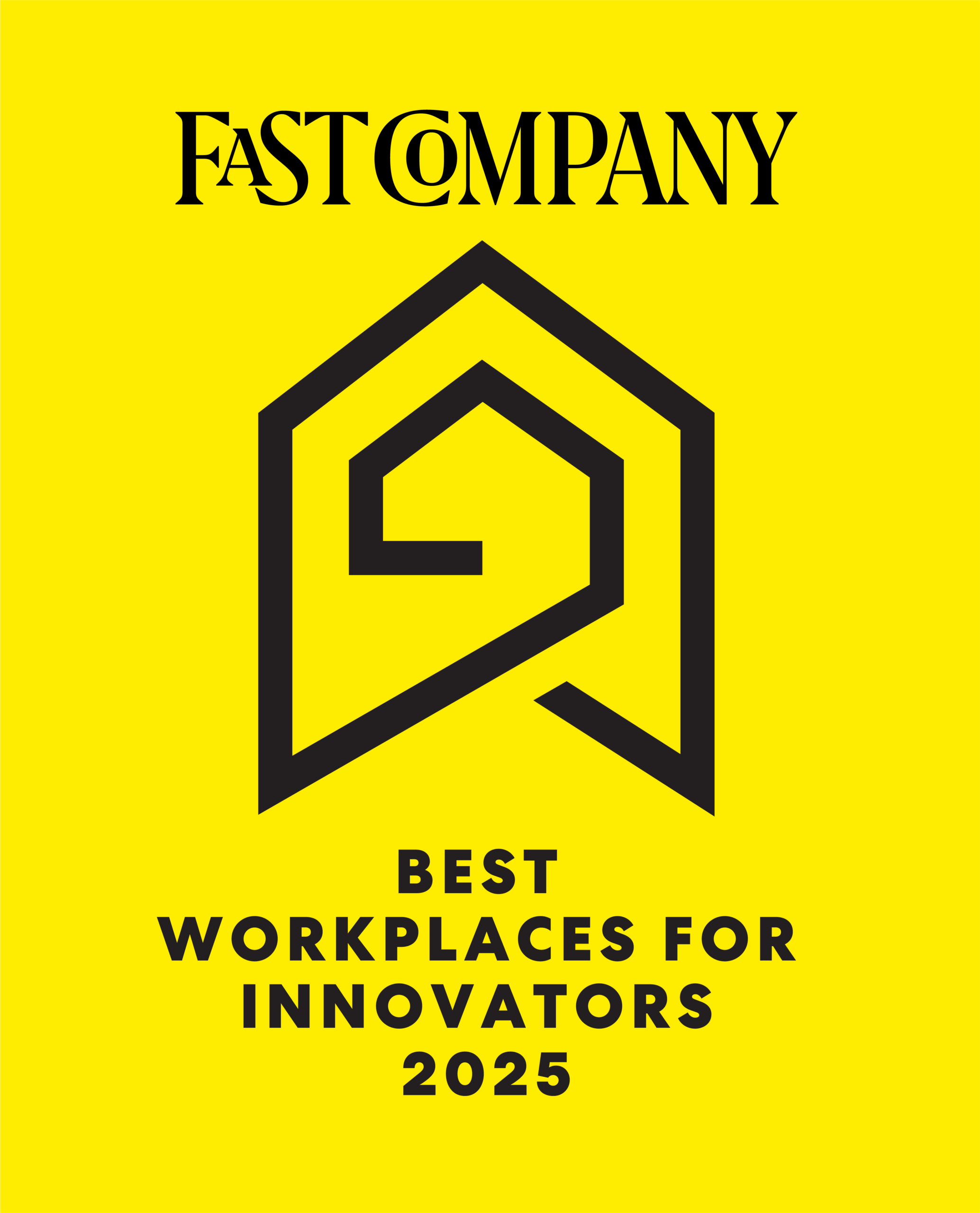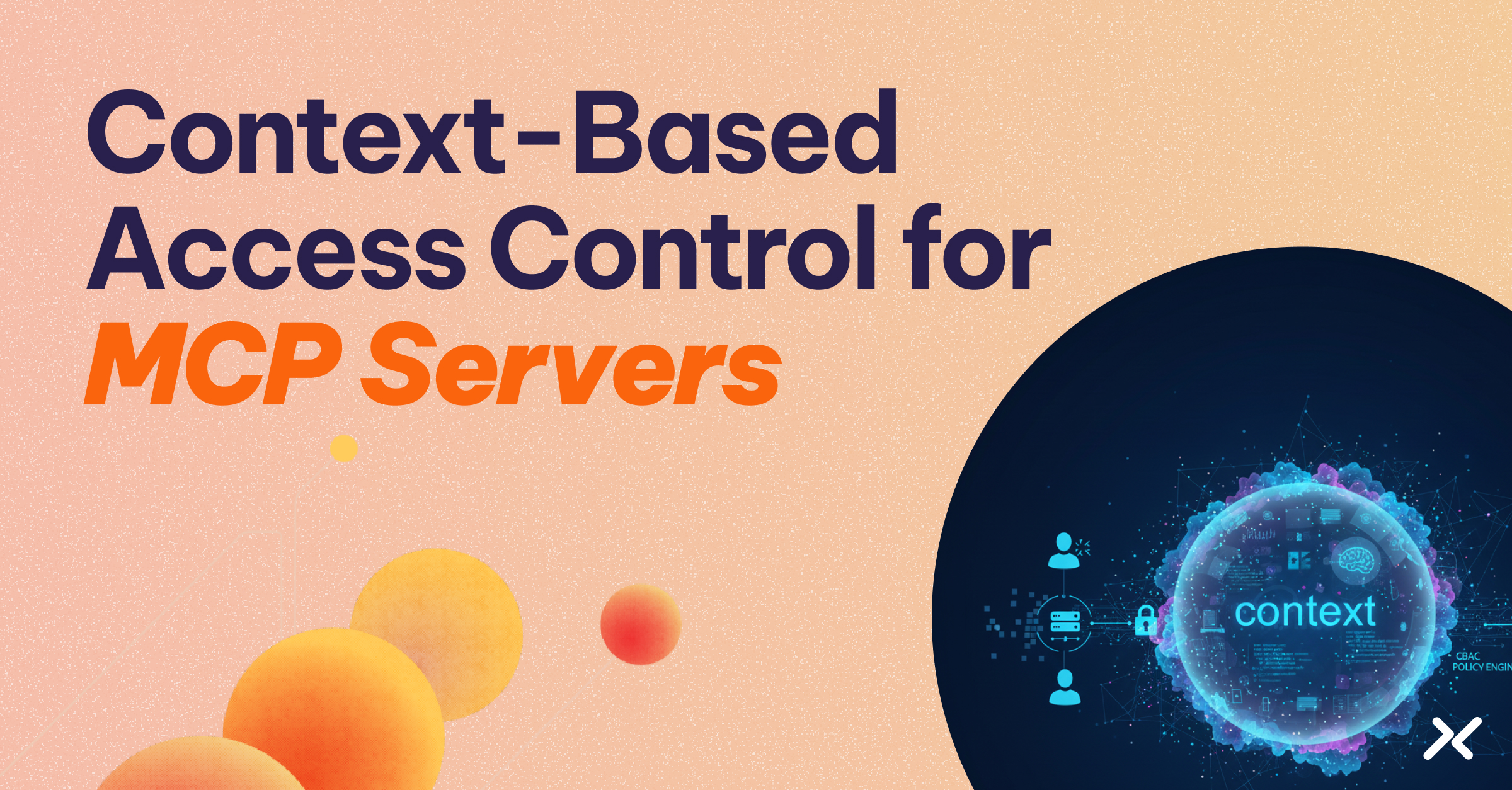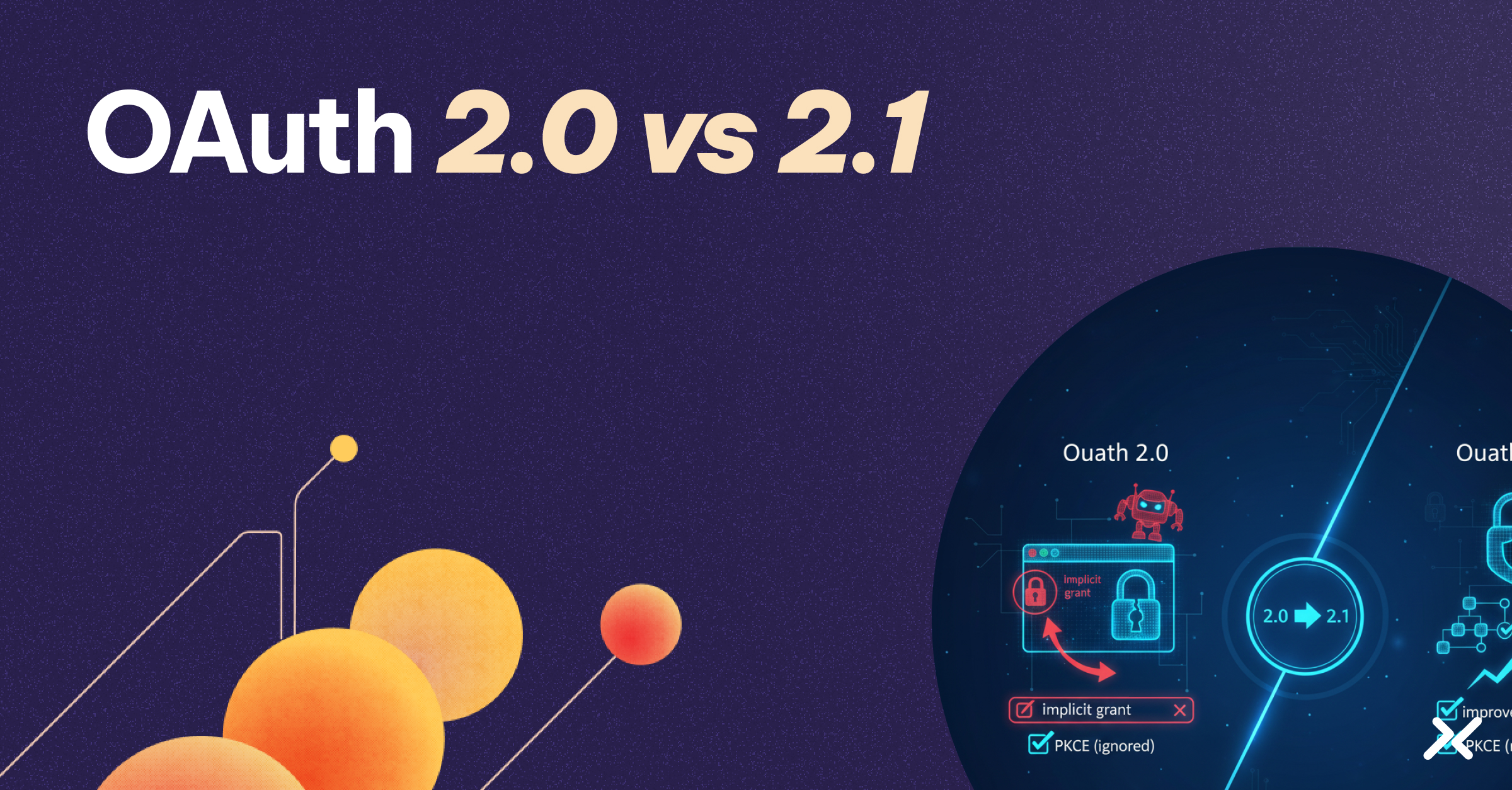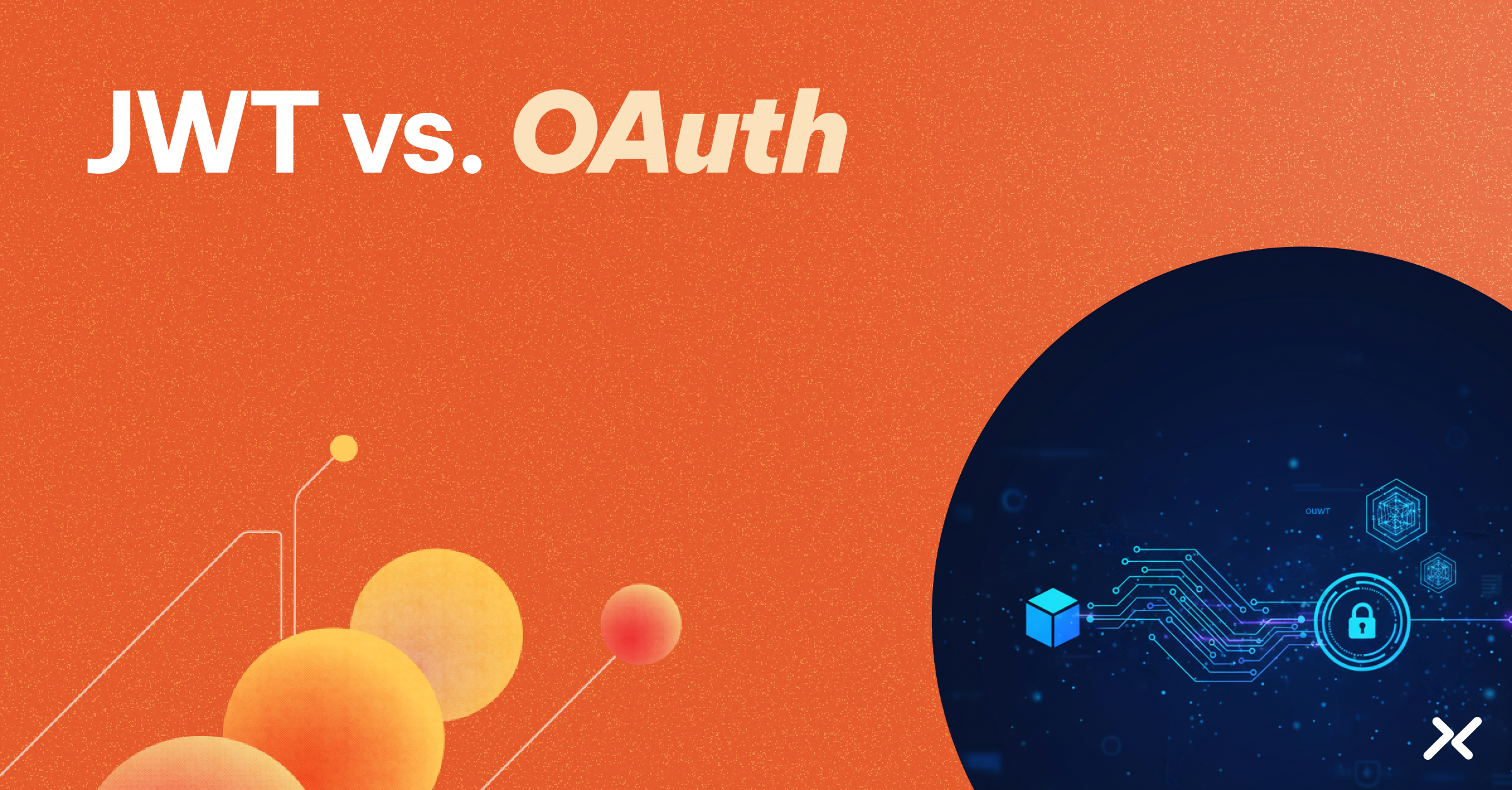Cloud security is facing a new battleground: the management of non-human identities; machine accounts, service accounts, and automation workflows that now outnumber human users in most enterprises.
The stakes are higher than ever, with credential theft incidents surging by 300% in 2025, making it the leading attack vector in cloud environments. Recent breaches underscore just how vulnerable organizations are when static credentials fall into the wrong hands.
A prime example is the Oracle Cloud breach of March 2025, where attackers exploited a vulnerability in the login infrastructure to steal sensitive Java KeyStore files, SSO passwords, and key files, impacting over 140,000 tenants across multiple industries.
This incident exposed not only how quickly a single compromised credential can spiral into a supply chain crisis, but also the urgent need for robust, automated management of access keys for non-human workloads.
As organizations continue to expand their use of automation and cloud-native services, traditional key management solutions, which focus mainly on encryption keys, are no longer sufficient.
The modern security landscape demands solutions that address the unique risks of non-human identity sprawl, credential exposure, and over-privileged access. We’ll examine how leading enterprises are reevaluating key management to safeguard their most critical automated processes.
From Human to Machine: The Shift in Cloud Identity Risk
In modern cloud environments, automation, microservices, and machine-to-machine communication have become the norm. Industry reports suggest that, in large enterprises, non-human identities can exceed human identities by a ratio of 40:1 or more.
This proliferation creates a complex landscape of access credentials that traditional security tools are ill-equipped to manage.
The Risks of Static Credentials
With the rise of non-human identities comes a heightened risk associated with static credentials. Hardcoded secrets, long-lived API keys, and unrotated certificates are prime targets for attackers.
Credential sprawl, the uncontrolled proliferation of access tokens and keys, makes it difficult for security teams to maintain visibility and enforce best practices.
Even when organizations have robust encryption key management in place, they remain vulnerable to credential theft and misuse if access keys for workloads are not properly managed.
The Limitations of Traditional Key Management
Traditional key management solutions are crucial for safeguarding data at rest and in transit, with a primary focus on managing the encryption key lifecycle.
However, these solutions are not designed to address the unique challenges of managing access credentials for non-human identities: automated rotation, least privilege enforcement, and real-time auditing of machine-to-machine communication.
As a result, organizations face a critical gap in their security posture; one that attackers are eager to exploit.
"When we look at the relationship between human and non-human identities, by some measures, it's 1 to 40. So, for every human identity, there are 40 or maybe more machine identities."
Sowvik Chakrabarty, cybersecurity practice partner at PwC
Encryption Keys vs. Access Keys
Encryption key management solutions are foundational to modern security, designed to protect sensitive data at rest and in transit. These systems handle the lifecycle of encryption keys, generation, storage, rotation, and deletion, ensuring that data remains secure even if it falls into the wrong hands.
Encryption key management typically focuses on symmetric and asymmetric keys used for encrypting databases, files, and communications, forming a critical layer of defense against data breaches.
The Role of Access Key Management
While encryption key management safeguards data, access key management is specifically concerned with controlling how identities, both human and non-human, authenticate and interact with systems and services.
Access key management solutions manage credentials such as API keys, tokens, and certificates, which grant permissions to workloads, applications, and automated processes.
In cloud environments, robust access key management is essential for ensuring that only authorized workloads can access sensitive resources and for maintaining visibility into these interactions.
To clarify the distinction, consider the following comparison:
| Feature/Use Case | Encryption Key Management | Access Key Management (Non-Human) |
| Purpose | Secures data at rest/in transit | Grants access to systems/services |
| Key Types | Symmetric/asymmetric keys | API keys, tokens, certificates |
| Main Risks | Weak keys, improper storage | Credential leakage, over-privilege |
| Solution Focus | Data protection | Workload identity, automation |
Why New Key Management Solutions Are Needed
Despite robust encryption key management systems, organizations still face significant risks when it comes to securing access credentials for non-human workloads.
Static secrets, such as API keys, tokens, and certificates, are often distributed across cloud environments, embedded in configuration files, or even hardcoded into source code.
These practices create security blind spots, making it challenging to maintain visibility and control over who, or what, can access critical systems.
Even with strong encryption key management, the credentials used for workload authentication remain vulnerable to leakage, misconfiguration, or compromise.
Attackers can exploit these static credentials to move laterally through cloud environments, exfiltrate data, or disrupt operations. The result is a persistent security gap that traditional key management solutions, designed primarily for data protection, are not equipped to address.
Emerging Threats and Compliance Demands
The threat landscape is evolving rapidly. Attackers are increasingly targeting non-human identities, recognizing that these accounts often have broad permissions and are less closely monitored than human users.
Recent trends indicate a sharp increase in credential-based attacks on cloud workloads, with incidents frequently remaining undetected for extended periods.
Sygnia’s 2025 Threat Report notes a significant surge in identity-based attacks targeting cloud infrastructure, with threat actors exploiting minor permission gaps and compromised service accounts to move laterally, often evading detection for extended periods.
At the same time, regulatory requirements are tightening. Standards such as ISO 27001, SOC 2, and various industry-specific frameworks now emphasize the importance of auditable, policy-driven access controls for both human and non-human identities.
Organizations must be able to demonstrate that every access request is authenticated, authorized, and logged, regardless of whether it comes from a person or a machine.
The Shift to Automated, Policy-Driven Access
To address these challenges, organizations need modern key management solutions that extend beyond encryption to encompass the full lifecycle of access credentials for non-human identities. This means:
- Automated Credential Management: Replacing manual processes with automated, just-in-time credential issuance and rotation to minimize the risk of credential leakage and misuse.
- Policy-Based Access Controls: Enforcing granular, context-aware policies that ensure each workload only has the permissions it needs, reducing the attack surface and supporting least privilege principles.
- Centralized Auditing and Monitoring: Providing real-time visibility into all machine-to-machine access, enabling rapid detection of anomalies and simplifying compliance reporting.
Best Practices for Managing Non-Human Identities
As non-human identities continue to outnumber human users, the challenge of securing machine credentials has never been more urgent.
With credential-based attacks on the rise, organizations must adopt proactive, automated approaches to protect their workloads and prevent costly breaches.
Centralized Identity Governance
Instead of allowing non-human identities to proliferate across different teams and tools, leading to potential security gaps, successful organizations are opting for a unified approach to identity governance. By centralizing oversight into a single platform, security and
DevOps teams gain a clear view of who or what has access to which resources, making it easier to enforce consistent policies and quickly address any issues that arise.
Clear ownership is a key element in this process. Specifically, roles and responsibilities should be assigned to individual team members or groups to ensure accountability for each non-human identity. For instance, security teams may be responsible for defining access policies, while DevOps teams ensure that non-human identities have the necessary permissions for operational tasks. These roles and responsibilities are typically assigned within the identity governance platform, allowing for streamlined management and oversight.
Automated Lifecycle Management
Automation is rapidly becoming a key enabler of effective identity management for non-human workloads.
While manual provisioning, rotation, and decommissioning of credentials are still common in some organizations, they are time-consuming and prone to human error. Automated processes, such as credential rotation and just-in-time issuance, significantly reduce the risk of credential leakage and ensure that access remains both current and appropriate.
Equally important is the practice of regularly reviewing and retiring identities that are no longer needed, preventing stale or orphaned credentials from becoming a security liability.
Continuous Monitoring and Auditing
Visibility is everything in today’s cloud environments. Continuous monitoring enables security teams to identify anomalies or unauthorized access in real-time, rather than discovering issues after the damage has been done.
Comprehensive audit trails not only support incident response but also make it much easier to meet regulatory requirements and demonstrate compliance during audits.
Aligning these practices with established industry frameworks, such as NIST or ISO 27001, further strengthens an organization’s security posture and helps build trust with auditors and stakeholders.
Risk-Based Access Reviews
Even with automation and centralized governance in place, it’s still wise to periodically review permissions for high-risk or long-lived identities.
These reviews help ensure that access remains aligned with the principle of least privilege and that no workload has more permissions than it truly needs.
When issues are identified, prioritizing remediation for the most critical identities, such as those with elevated permissions or access to sensitive resources, helps keep risk in check and maintains a strong security posture.
Seamless Integration with Existing Tools
Adopting a new approach to identity management doesn’t have to mean overhauling your entire security stack. In fact, the most effective solutions are those that integrate smoothly with the tools and workflows your teams already use.
By leveraging existing IAM, secrets management, and DevOps platforms, organizations can minimize disruption and accelerate adoption.
This integration also extends your current security policies and standards to cover non-human identities, creating a more consistent and robust security posture across the board.
Real-World Use Cases for Secretless Workload Identity
To understand how these best practices play out in production environments, it’s valuable to examine specific scenarios where secretless workload identity solutions address critical security and operational challenges.
Securing CI/CD Pipelines
CI/CD pipelines require secure access to repositories, artifact stores, and deployment targets, often relying on static credentials embedded in scripts or environment variables.
Solution: Secretless workload identity platforms enable pipelines to authenticate using ephemeral, just-in-time credentials issued at runtime. This eliminates the need to store or distribute long-lived secrets, reducing the risk of credential leakage and unauthorized access.
Outcome: Each pipeline run is granted only the permissions it needs, for only as long as necessary, with every access attempt logged and auditable.
Cloud-Native Applications and Microservices
Microservices architectures involve dozens or hundreds of services communicating across distributed environments, each requiring secure access to databases, queues, and APIs.
Solution: Workloads are assigned unique identities, enabling them to request short-lived tokens from an identity provider. Access is granted based on policy, ensuring least privilege and real-time visibility into service-to-service communication.
Outcome: Microservices can securely interact without relying on shared secrets, simplifying credential management and reducing the attack surface.
Cross-Cloud and Hybrid Architectures
Organizations operating across multiple clouds or hybrid environments face inconsistent access controls and credential sprawl.
Solution: Secretless workload identity platforms centralize identity issuance and policy enforcement, allowing workloads to securely authenticate regardless of where they run. Federated identities enable secure access across AWS, Azure, Google Cloud, and on-premises systems.
Outcome: Credential management is simplified, compliance is streamlined, and zero trust principles are consistently enforced across the entire infrastructure.
How Modern Platforms Enable Secretless Workload Identity
Let’s explore how modern platforms are transforming workload security by enabling secretless authentication, removing the need for static credentials, and introducing new ways for machines to prove their identity and access resources securely.
The Shift to Runtime Identity Issuance
Modern workload identity platforms are redefining how non-human identities authenticate in cloud environments. Rather than relying on static credentials or long-lived secrets, these solutions issue unique, verifiable credentials at runtime.
When a workload, such as a CI/CD pipeline, microservice, or cross-cloud integration, needs to access a resource, it presents its identity to a trusted broker. The platform verifies this identity through cryptographic attestation, ensuring that only authorized workloads can proceed.
This approach shifts the security model by binding credentials directly to the workload rather than the infrastructure or environment where it runs. Each access request is tied to a specific workload, and credentials are issued only for the time they are needed, reducing the risk of credential leakage or misuse.
Policy Engines and Conditional Access
Modern platforms do more than just issue identities; they integrate with customizable policy engines that enable fine-grained, context-aware access controls. These engines evaluate not only the identity of the workload but also the context in which it is operating, such as the environment, the time of day, or the security posture of the infrastructure.
By decoupling identity from authorization, organizations can enforce least privilege and adapt access dynamically. For instance, a workload may be granted access to a sensitive database only if it is running in a production environment and has passed a recent security scan.
Federation and Cross-Platform Interoperability
In today’s multi-cloud and hybrid environments, workloads often need to communicate across trust boundaries, between different cloud providers, on-premises systems, or even external SaaS platforms.
Modern workload identity platforms address this challenge through federation, which allows trust domains to exchange identity information securely.
For instance, a workload running in Azure can request access to a resource in AWS by presenting a federated identity token. The receiving platform validates this token using shared trust bundles, granting access only if policy conditions are met.
Eliminating the Secret Zero Problem
A persistent challenge in workload security is the “Secret Zero” problem—the need for an initial credential to bootstrap access to other secrets or systems. Traditional approaches often require embedding or injecting a master secret, which itself becomes a high-value target for attackers.
Modern solutions address this challenge by federating with the environment to establish trust.
Rather than relying on static credentials, many platforms use cloud provider metadata services to validate a workload’s identity and securely enroll it.
This method allows the initial identity to be issued without exposing sensitive credentials, effectively bypassing the need for a master secret and reducing the attack surface.
Centralized Auditing and Compliance
Transparency and accountability are essential for meeting regulatory requirements and maintaining a strong security posture. Modern workload identity platforms provide centralized auditing and real-time visibility into every access request.
Each interaction is logged with the verified identity of the workload and the context in which it occurred, making it easy to detect anomalies, investigate incidents, and demonstrate compliance.
The Path Forward: Why Secretless Workload Identity Matters
For organizations operating in today’s cloud-native environments, the risks posed by static credentials and non-human identity sprawl are simply too significant to ignore.
To truly secure non-human identities, enterprises need a new approach.
Aembit’s workload identity and access management platform replaces static credentials with cryptographically verified, just-in-time access tokens. By enforcing granular, context-aware policies, Aembit helps organizations eliminate hardcoded secrets and automate credential management for workloads.
Most importantly, Aembit integrates with existing cloud IAM and security tools, ensuring that organizations can adopt a secretless approach without disrupting established workflows or requiring extensive retraining.
To learn more about us, request your own sandbox or book an expert-led demo today.
The Workload IAM Company
Manage Access, Not Secrets
Boost Productivity, Slash DevSecOps Time
No-Code, Centralized Access Management




